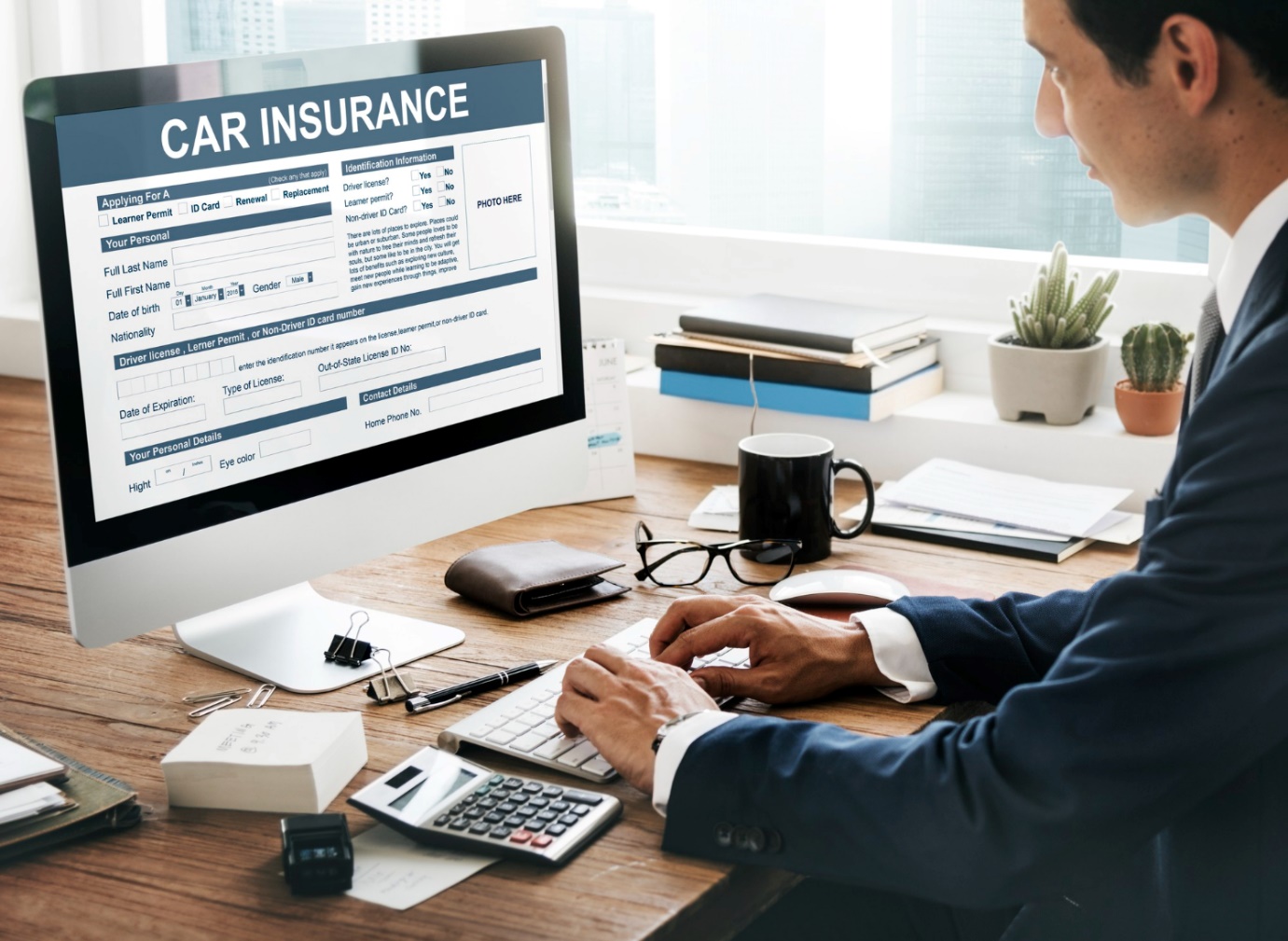
When you’re involved in a car accident, it can be difficult to determine who’s at fault. In some cases, this may mean that both parties are at fault for the crash caused by overspeeding. But there are other scenarios where only one party is responsible for causing an accident, and these situations often come down to how insurance companies determine who’s at fault. Proving negligence in a car accident is a complex task, and it requires a lot of proof.
First, you will need to gather any evidence you have from the scene of the accident, including any photos or videos you may have taken, as well as any eyewitness statements. You will also need to obtain a copy of the other driver’s insurance information and accident report. Once you have this information, you will need to speak to a personal injury lawyer to discuss your case and see if you have enough evidence against the other driver.
Who Determines Fault After an Auto Accident?
After an auto accident, several agencies and institutions will try to determine who is the at-fault party for the accident. They include;
Insurance Companies: They’re the ones who pay out medical bills and settlements. Therefore, their investigators go through each piece of evidence and detail thoroughly before deciding the best course of action.
Government: These include the police and fire departments that come to investigate accidents where there were injuries or deaths.
Judges: They make decisions about which party should be held liable for damages due to negligence or willful misconduct during an accident (such as speeding).
Lawyers: Lawyers represent people who have been injured in auto accidents; they try to negotiate settlements, build a case on their client’s behalf and file an injury lawsuit.
According to the experts at Naperville Office | Agruss Law Firm, LLC, the victims need to consult specialized attorneys and seek legal advice to ensure they get the deserving monetary assistance.
There are several factors that insurance companies consider when determining fault in a car accident. These include:
Traffic laws
Insurance companies will consider whether any traffic laws were violated at the time of the accident. For example, if one driver ran a red light and hit another driver who had the right of way, the driver who ran the red light would likely be considered at fault.
Witness statements
Insurance companies will often gather witness statements from people who saw the accident happen. These statements can provide valuable information about what happened and who may have been at fault.
Police Reports
One of the key pieces of evidence that insurance companies will consider is the police report, which typically includes information about the location of the accident, the speed of the vehicles, and any citations or charges that were issued. The police report can also include witness statements and diagrams of the accident scene.
Damage to the Vehicles
The insurance company will examine the damage to the vehicles involved in the accident. This can help them determine how the accident happened and who may have been at fault.
Expert opinions
In some cases, insurance companies may hire experts to examine the accident scene and provide an opinion on who was at fault. These experts may include engineers, or accident, reconstruction specialists. These specialists can analyze the physical evidence from the accident scene and use it to recreate the events leading up to the accident.
Types of Insurance Policies
The coverage of your insurance policy will determine how much you will receive against the damages. There are three types of insurance policies.
- Liability insurers cover injury and property damage to others in a car accident. The amount they pay varies, but you should be able to get at least $50,000 or more if your claim is valid.
- Comprehensive policies provide coverage for most other damages that may occur during an accident—including medical bills and lost wages due to injuries sustained by yourself or the passengers—but they don’t cover medical expenses related specifically to injuries sustained by another driver.
- Collision coverage protects third parties who have been injured in collisions involving two cars; bodily injury liability can also be covered under this policy type (i.e., if someone gets hurt because their body impacted another object).
Insurance companies are always looking for ways to save money and increase profits, but that doesn’t mean you have to give up your rights when it comes to car accidents. Keep these tips in mind the next time an insurance adjuster calls about your car accident claim, and you’ll be well on your way to resolving any issues with the company.
Leave a Reply